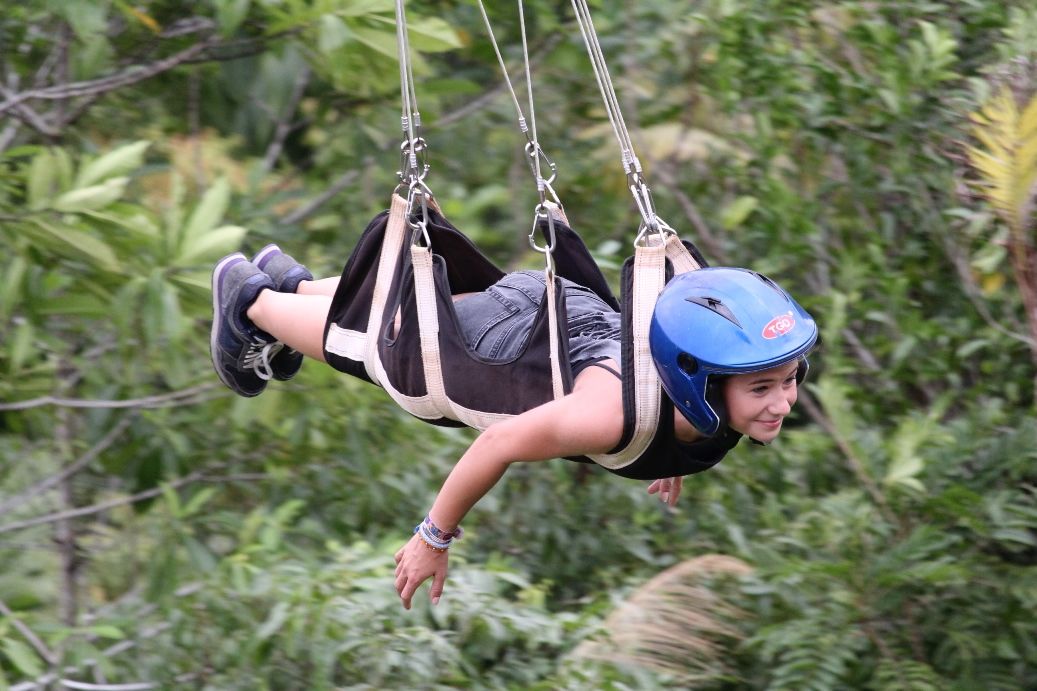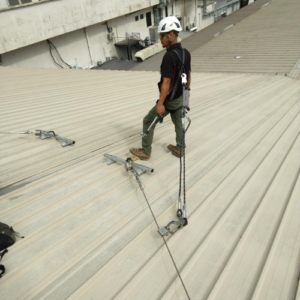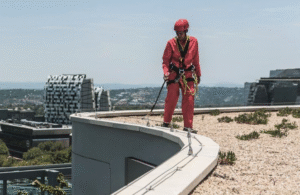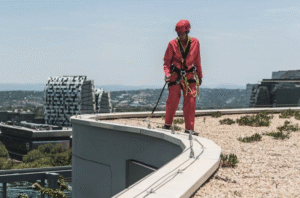Setting the Stage for Zipline Development in the Philippines
The Philippines is widely recognized as a hotspot for adventure tourism, with its lush mountains, breathtaking coastlines, and scenic landscapes. Travelers are constantly seeking unique outdoor activities, and ziplines have become a highlight attraction in many destinations. Resorts, eco-parks, and adventure camps are embracing this trend, offering rides that provide both adrenaline and stunning views. Building a reliable zipline attraction, however, requires more than ropes and harnesses; it demands the expertise of a professional zipline contractor solution Philippines companies can provide. These experts are responsible for designing, engineering, and maintaining rides that meet global standards. Their work is not just about creating fun—it’s about ensuring that riders are safe, comfortable, and thrilled at the same time. As the industry continues to expand, contractors play a vital role in helping businesses stand out in the competitive tourism market.
What Defines a Reliable Zipline Contractor Solution in the Philippines
Choosing the right contractor makes a world of difference in building a zipline attraction that lasts. A dependable zipline contractor solution Philippines service covers end-to-end expertise, including site assessment, structural design, and proper installation. These contractors adhere strictly to both Philippine safety codes and internationally recognized standards for adventure rides. They also ensure that every component—from cables and towers to pulleys and harnesses—meets quality benchmarks. Beyond the technical side, reliable contractors provide clear communication, transparent pricing, and continuous support even after the project is completed. Their focus lies in combining safety, performance, and guest satisfaction. Resorts, theme parks, and eco-tourism sites that partner with certified contractors benefit from increased credibility and higher visitor turnout. Ultimately, what defines a reliable contractor is their ability to merge engineering precision with tourism expertise.
Safety as the Cornerstone of Every Project
Safety is the backbone of every adventure attraction, and ziplines are no exception. Contractors begin with thorough risk assessments to identify potential hazards, such as weather conditions, terrain stability, or equipment limitations. Load capacity testing is essential, as each line must safely carry riders of various weights. Environmental considerations are also factored in to minimize impact on forests, wildlife, or coastal ecosystems. High-quality braking systems, sturdy harnesses, and protective helmets are all integrated into the design to ensure smooth rides. Trusted contractors also emphasize routine inspections, with scheduled checks for cables, bolts, and platforms to prevent accidents. Staff training on emergency protocols further enhances overall safety. By prioritizing these measures, professional contractors help operators build attractions that inspire confidence among both tourists and local authorities.
Custom-Built Designs to Suit Various Locations
The Philippines is a country of diverse landscapes, and a one-size-fits-all zipline approach does not work. This is why professional zipline contractor solution Philippines providers offer custom-built designs tailored to specific sites. A mountain resort may require a long dual-line zipline offering panoramic views of valleys, while a coastal destination may feature shorter but more thrilling rides that highlight the ocean. Contractors adapt designs according to terrain, tourism demand, and available space. Choices can include single, dual, or multiple lines, depending on budget and visitor capacity. Each ride is carefully aligned to maximize scenic beauty while ensuring safety and durability. For urban attractions, contractors may integrate themes and aesthetics to align with branding goals. By offering tailored solutions, zipline contractors help businesses create attractions that not only thrill but also complement the environment they are built in.
Key Stages of a Zipline Contractor Project
Developing a successful zipline involves several key stages that require careful planning and execution. Contractors usually follow a structured process to ensure quality and safety:
- Site evaluation and feasibility studies to determine the best location and design.
- Structural engineering and material selection with a focus on durability and compliance.
- Installation of towers, cables, and braking systems under strict safety protocols.
- On-site testing and adjustments to ensure optimal performance.
- Staff training and operational guidance for smooth daily management.
- After-sales maintenance and inspection services to keep the attraction safe and functional.
Each stage is crucial, and skipping any of these steps can compromise the success of the project. Contractors also maintain open communication throughout the process, keeping clients updated on timelines and budgets. This structured approach ensures the final product is both exciting and dependable.
Advantages of Choosing a Professional Zipline Contractor Solution in the Philippines
There are numerous benefits to engaging a professional contractor for a zipline project. Safety remains the top priority, but there are several other advantages that businesses can gain. Professionally installed ziplines reduce the risk of liability issues since they meet both national and international safety standards. Contractors also help minimize long-term maintenance costs by using high-quality, durable materials that require fewer repairs. Customers, in turn, experience smoother and safer rides, boosting satisfaction and repeat visits. Moreover, working with an established contractor increases trust with government agencies and tourism boards. For entrepreneurs, this credibility translates into faster approval processes and better marketing potential. These benefits collectively make professional contractor services a valuable investment for anyone serious about adventure tourism in the Philippines.
Innovations Elevating Zipline Experiences in the Philippines
The adventure industry is constantly evolving, and ziplines are no exception. Modern zipline contractor solution Philippines companies integrate advanced innovations to make rides safer and more exciting. New braking systems provide smoother stops, reducing the impact on riders. Harness technology has improved significantly, with ergonomic designs that increase comfort and safety. Some contractors now integrate ziplines into eco-tourism packages, combining them with hiking trails, canopy walks, and nature tours for a holistic guest experience. Sustainability is also a growing trend, with contractors opting for eco-friendly materials and minimizing construction footprints. Dual and multi-line ziplines add a social element, allowing friends and families to enjoy the thrill together. These innovations keep ziplines fresh, competitive, and aligned with global adventure tourism standards.
Factors to Consider When Selecting a Zipline Contractor
Choosing the right contractor is one of the most critical decisions for any resort or tourism operator. Several factors should guide this selection process:
- A proven track record of successful projects in the Philippines
- Strong client references and verifiable installations
- Compliance with certifications, insurance, and safety standards
- Transparency in pricing and project schedules
- Ability to customize solutions for unique landscapes and budgets
Contractors who check these boxes bring peace of mind and deliver results that meet expectations. Business owners should also look for long-term partners who provide after-sales support and ongoing maintenance. This approach ensures the zipline attraction remains a safe, enjoyable, and profitable venture for years to come.
The Role of Ziplines in Philippine Tourism Development
Adventure tourism plays a big role in boosting local economies, and ziplines are a powerful contributor. Resorts and eco-parks that add ziplines often see a surge in visitor numbers, as these attractions appeal to both domestic and international tourists. They also generate jobs for local communities, from construction workers to ride operators and maintenance staff. By attracting tourists to rural and natural destinations, ziplines help spread tourism revenue more evenly across regions. Eco-tourism initiatives benefit as well since ziplines encourage people to explore nature responsibly. Government tourism offices often support such projects, recognizing their value in promoting local destinations. For investors, ziplines represent a steady return on investment thanks to consistent demand for safe, thrilling, and scenic rides.
Frequently Asked Questions (FAQ)
Q1: How much does it cost to build a zipline in the Philippines?
The cost varies depending on length, location, design, and materials. Contractors typically provide customized quotes after site evaluations.
Q2: What permits are required before installing a zipline?
Local government permits, safety certifications, and sometimes environmental clearances are necessary before construction can begin.
Q3: How long does the construction process usually take?
On average, a project may take several weeks to a few months, depending on terrain complexity and design features.
Q4: What safety certifications should a contractor have?
Look for contractors with certifications aligned with international adventure tourism safety standards and local regulations.
Q5: How often should a zipline be inspected after installation?
Routine inspections should be done monthly, with more detailed safety checks conducted at least once a year.
Takeaway
A professionally designed and maintained zipline is more than just an attraction—it is a gateway to tourism growth, community development, and unforgettable experiences. Partnering with the right zipline contractor solution Philippines ensures safety, innovation, and long-term success. For resorts, eco-parks, and entrepreneurs, choosing a qualified contractor is not only a smart business decision but also a commitment to providing safe and thrilling adventures that strengthen the country’s reputation as a global adventure tourism destination.







